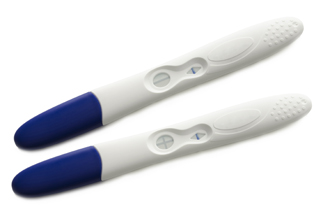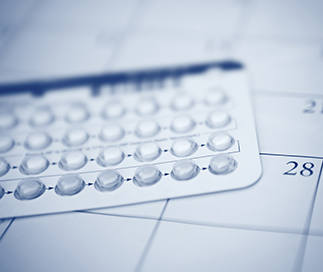
Getting pregnant
For some it’s easy, but others need some intervention to fall pregnant. Find out about planning your pregnancy, managing your diet, working out your fertility, dealing with a negative pregnancy test, as well as tips and techniques to improve your chances of conception. Getting pregnant is harder for some than for others, but it should always be enjoyable.

Am I pregnant
Missing your period is one of the first signs that you may be pregnant. Many women exhibit different pregnancy symptoms, so sometimes it can be hard to know if you are or you aren’t. Huggies® can help you find out more about what to look for, how you may feel, and how to take a pregnancy test if you think you may be pregnant.

Ovulation
Ovulation is the release of an egg from your ovary into one of your fallopian tubes. Once the egg is released, it is ready to be fertilised by a sperm. If you’re menstruating regularly, you can track your menstrual cycle to determine the best time for conception to occur. Huggies® provides information on ovulation or you can use the ovulation calendar to calculate the days you will be most fertile and likely to conceive.

Fertility
Fertility is defined as the ability to conceive children. Various factors can affect fertility in both men and women. Huggies® explains how to improve your chances of conception, with monitors, ovulation calendars and information on how to calculate the most fertile time to conceive. Find out some of the other things you can do to improve your fertility.

IVF
IVF– or In Vitro Fertilisation – is when fertilisation takes place outside of a woman’s body, such as in a laboratory. There have been over 1 million babies born as a result of IVF technology; the first was a little girl called Louise Brown in 1978. This series of articles on IVF is designed to help you navigate your way through a range of information and choices. Your own gynaecologist and fertility clinic will be able to provide you with more individually tailored advice

